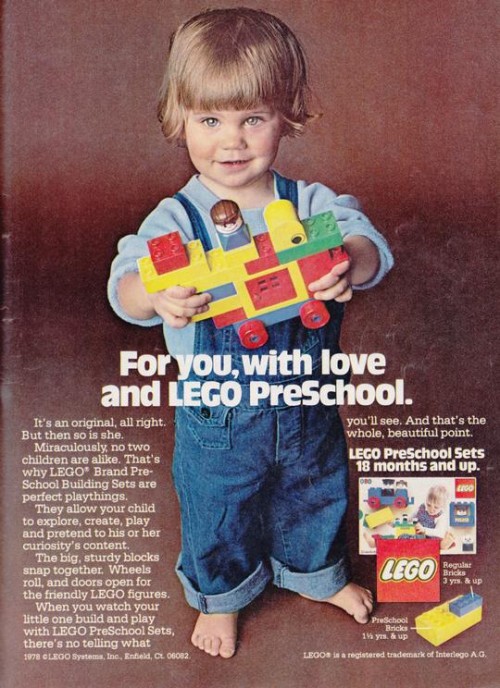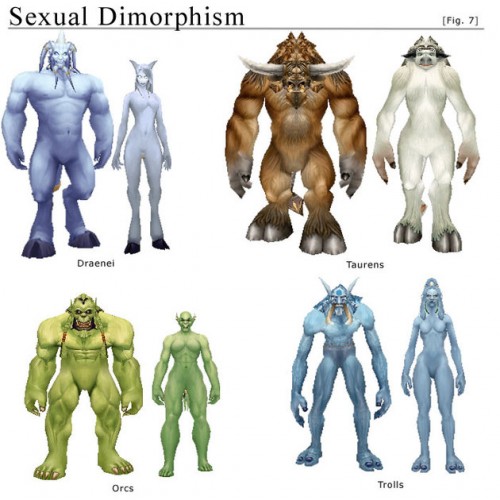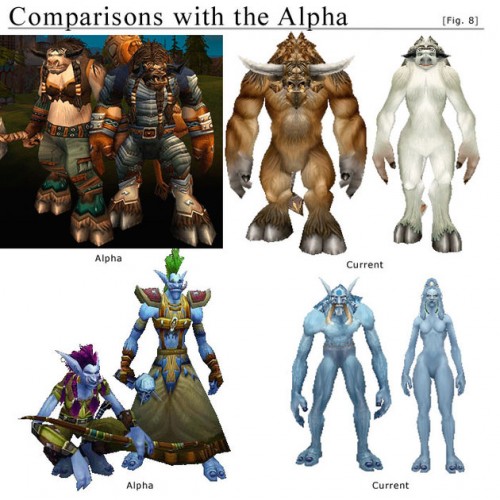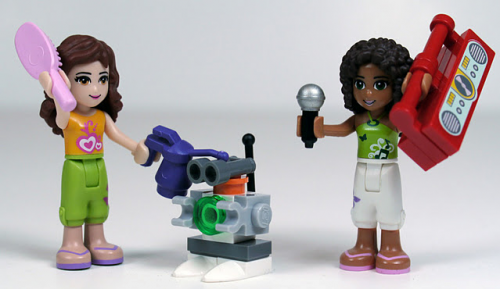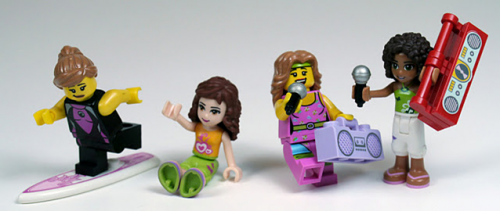Cross-posted at Jezebel.
This holiday season, a dollhouse may be a feminist gift for a little girl.
A tweet from Natalie Novik inspired me to look into the toy. She had discovered a gender-neutral dollhouse being sold at Etsy. Following up on her lead, I went over the Toys R Us website to see what gender messages dollhouses were sending. Some of the results surprised me.
Among the 22 best selling dollhouses at Toys R Us, four came without people, six came with a preponderance of females, ten came with a male, female, and children, and there were two I couldn’t categorize. (All humans were white — some dollhouses included non-human creatures — and just about everyone appears to be wealthy.)
The majority of dollhouses, then, came in two types. The first was an explicitly family-themed toy. The message of these was heteronormative, for sure, and also pro-coupling and pro-reproduction. The Fisher-Price Loving Family Home for the Holidays Dollhouse is an example:
The second type of house, however, had themes of friendship and, dare I say, female-independence. These houses had only women or, more often, a group of women and one man. They gave the impression of female home-ownership and female-dominated social interaction. The Exclusive Barbie Malibu Dreamhouse is an example:
Interestingly, most of the dollhouses that fell into this second type were Barbie affiliated. People disagree as to whether Barbie is a good role model for young women. She is roundly criticized for upholding a harmful standard of beauty, but she also tells women they can run for President and go to the moon. In this case, Barbie is sending girls the message that they can have fulfilling lives and own homes without a husband.
As if to capture the paradox completely, the dollhouse featured above comes complete with a Barbie in a bikini doing astronomy:
Children, of course, play with toys both creatively and in resistance to the messages they send. We’d be happy to hear your stories and observations in the comments.
Lisa Wade, PhD is an Associate Professor at Tulane University. She is the author of American Hookup, a book about college sexual culture; a textbook about gender; and a forthcoming introductory text: Terrible Magnificent Sociology. You can follow her on Twitter and Instagram.





